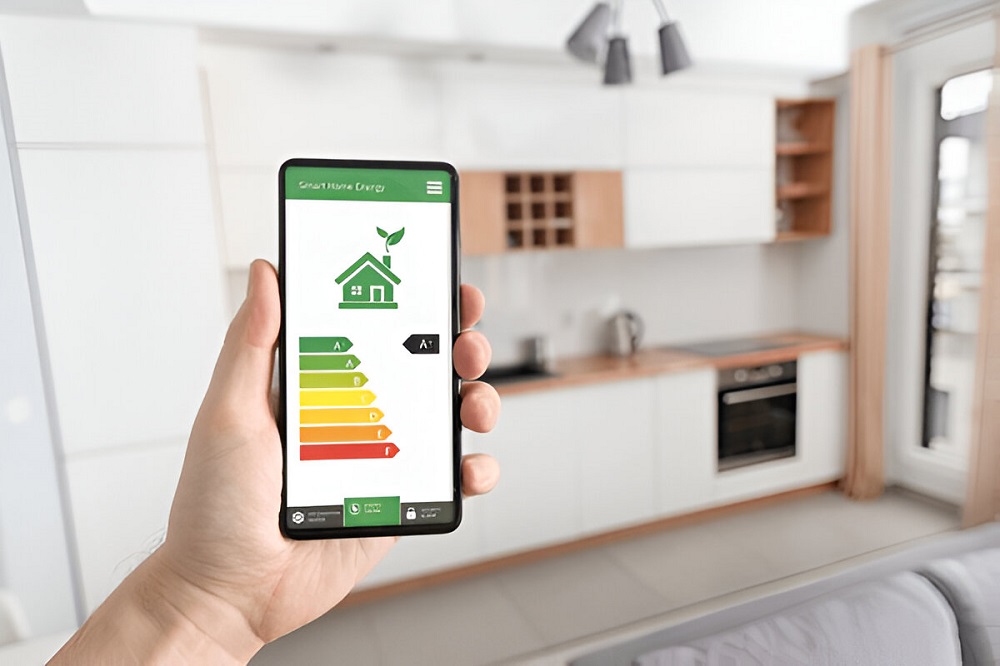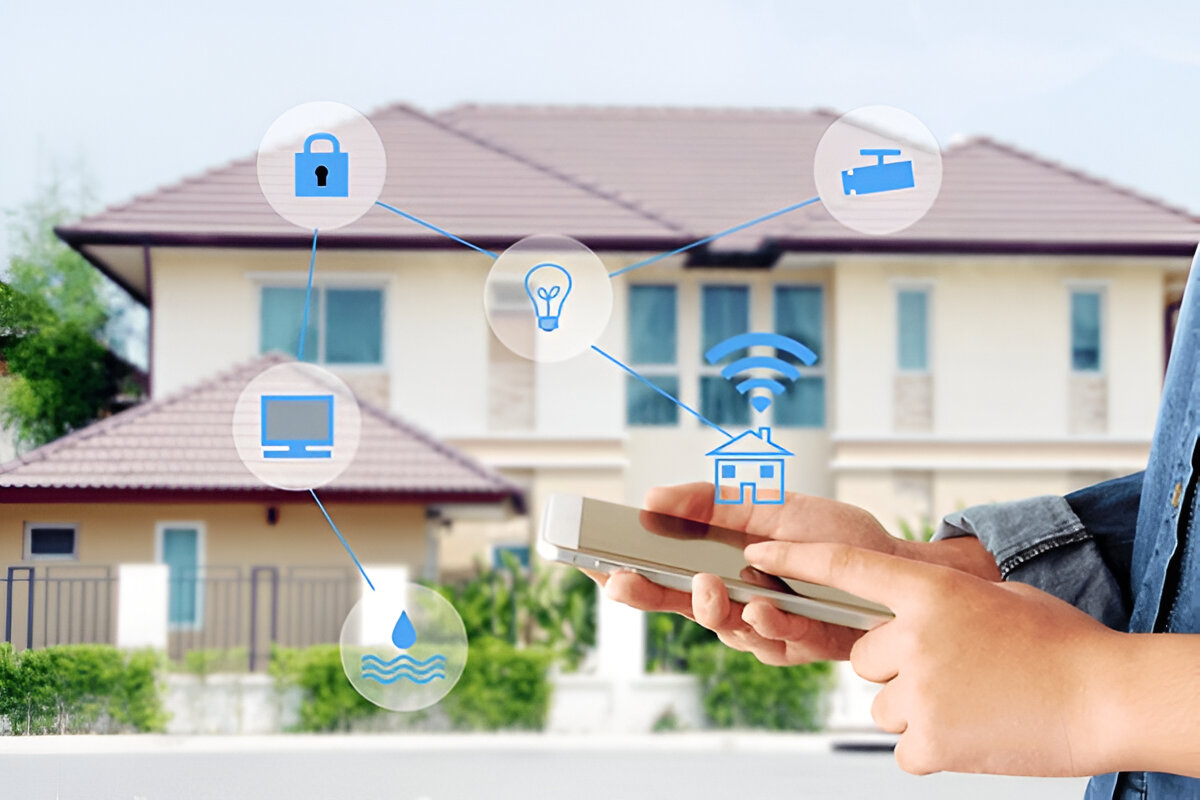In recent years, the world has witnessed a significant shift towards sustainable living, with
eco-friendly practices becoming increasingly important in all aspects of life. One area where
this trend is particularly evident is in home automation. Eco-friendly home automation
combines smart technology with sustainable practices to create homes that are not only
more comfortable and convenient but also environmentally responsible.
Introduction to Eco-Smart Homes

Eco-smart homes are designed to be efficient, eco-friendly, and smart. They integrate
sustainable materials and smart home technology to reduce environmental impact while
enhancing everyday life through automation. These homes are gaining popularity as
homeowners seek ways to save energy, cut costs, and simplify their routines.
Benefits of Eco-Friendly Home Automation
Eco-friendly home automation offers several benefits for both homeowners and the
environment:
- Environmental Impact Reduction: Smart sustainable homes can significantly
decrease carbon emissions by optimizing energy consumption. Studies have shown
that home automation can save up to 12.78% of carbon emissions. - Energy Cost Savings: By using smart lights and dimmers, homeowners can achieve
up to 40% savings on energy costs. Features like motion sensors ensure lights turn
on only when needed. - Convenience: Automated systems allow for centralized control over various devices
through a single interface or app, making it easier to manage your home’s energy
usage efficiently. - Enhanced Security: Wired integration provides more secure networking compared
to wireless systems, protecting your data from potential cyber threats
Key Technologies in Eco-Friendly Home Automation
Several technologies play crucial roles in making homes more eco-friendly:
Smart Lighting Systems
- Low-Voltage Lighting: Options like Lutron offer significant energy savings by usingless power than traditional lighting systems.
- Motion Sensors & Dimmers: These features ensure lights are used only whennecessary and at optimal brightness levels.
- Pre-set Schedules & Remote Control: Allow users to automate lighting based ondaily routines or adjust settings remotely if needed.
Motorized Shades
Motorized shades help maximize natural light usage while controlling indoor climates
effectively:
- They keep warm air inside during winter and cool air during summer.
- Users can control shading via smart devices or touch panels.
Smart Thermostats
These devices optimize heating/cooling based on occupancy patterns or weather forecasts:
- Automatically adjust temperature settings when no one is home.
- Provide real-time monitoring of climate conditions.
Energy Monitoring Systems
These allow users to track device-specific energy consumption:
- Identify high-energy usage patterns.
- Adjust appliance operation schedules for off-peak hours.
Wired vs Wireless Integration
When integrating smart technology into an eco-smart home, choosing between wired and
wireless connections is crucial:
| Feature | Wired Integration | Wireless Integration |
| Connection Stability | More stable (Ethernet) | Less stable (Wi-Fi) |
| Security | More secure | Less secure |
| Cost | Higher upfront cost | Lower upfront cost |
| Flexibility | Less flexible placement | More flexible placement |
Wired integration offers better stability and security but requires professional
installation. Wireless options are easier to install but may suffer from interference issues due
to multiple connected devices passing signals through walls.
Future Directions in Sustainable Home Automation

As technology advances further:
- Increased Use of IoT Devices: The Internet of Things will continue playing a pivotal
role in transforming traditional houses into green ones by connecting various
appliances for optimized performance. - Cloud-Free Solutions: Local processing hubs like Hubitat’s cloudfree system reduce
latency while minimizing data processing-related emissions. - Voice Command Integration: Voice assistants make managing these systems even
more convenient without manual intervention required each time adjustments need
made. - Integration with Renewable Energy Sources: Homes will increasingly incorporate
solar panels monitored directly within their automated systems for seamless
management between generated renewable power versus consumed electricity.
In conclusion, eco-friendly home automation represents a powerful step towards achieving
sustainability goals while enhancing comfort levels within our living spaces.
Conclusion: Embracing Sustainability Through Technology
The journey towards creating an eco-smart home involves embracing innovative
technologies that not only enhance our lifestyle but also contribute positively towards
reducing our environmental footprint. By integrating these solutions into daily life—whether
it’s automating lighting schedules or optimizing climate control—homeowners play a vital role
in shaping a greener future for generations ahead.






